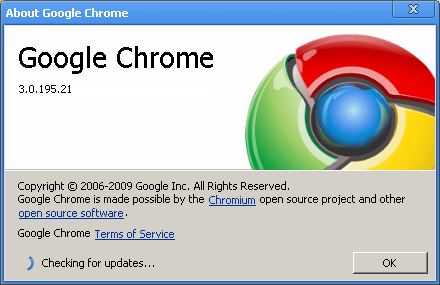
So make this the very next thing you do.Multiple reports across social media, spied by 9to5Google, show that the problem is more widespread than Google will surely like. And remember, you are not protected until your browser has been restarted. If the update is not yet available for your browser, check back regularly. To check if your browser is protected, navigate to Settings > Help > About Google Chrome. Google says the update “will roll out over the coming days/weeks''. To combat these new threats, Google has released Chrome. That said, Google recently warned zero-day hacks are rising. The good news, however, is Google has found no new Zero-Day vulnerabilities (when a hacker is able to exploit a vulnerability before a fix is found). With an overflow, critical data structures can be overwritten which makes it an ideal target for hackers. Also referred to as ‘Heap Smashing’, memory on the heap is dynamically allocated and typically contains program data. The second most popular route is via a Heap buffer overflow exploit and this makes up the remaining attack.


High - CVE-2022-0978: Use after free in ANGLE.High - CVE-2022-0977: Use after free in Browser UI.High - CVE-2022-0976: Heap buffer overflow in GPU.High - CVE-2022-0975: Use after free in ANGLE.High - CVE-2022-0974 : Use after free in Splitscreen.

High - CVE-2022-0973: Use after free in Safe Browsing.Reported by Sergei Glazunov of Google Project Zero on High - CVE-2022-0972: Use after free in Extensions.Critical - CVE-2022-0971: Use after free in Blink Layout.


 0 kommentar(er)
0 kommentar(er)
